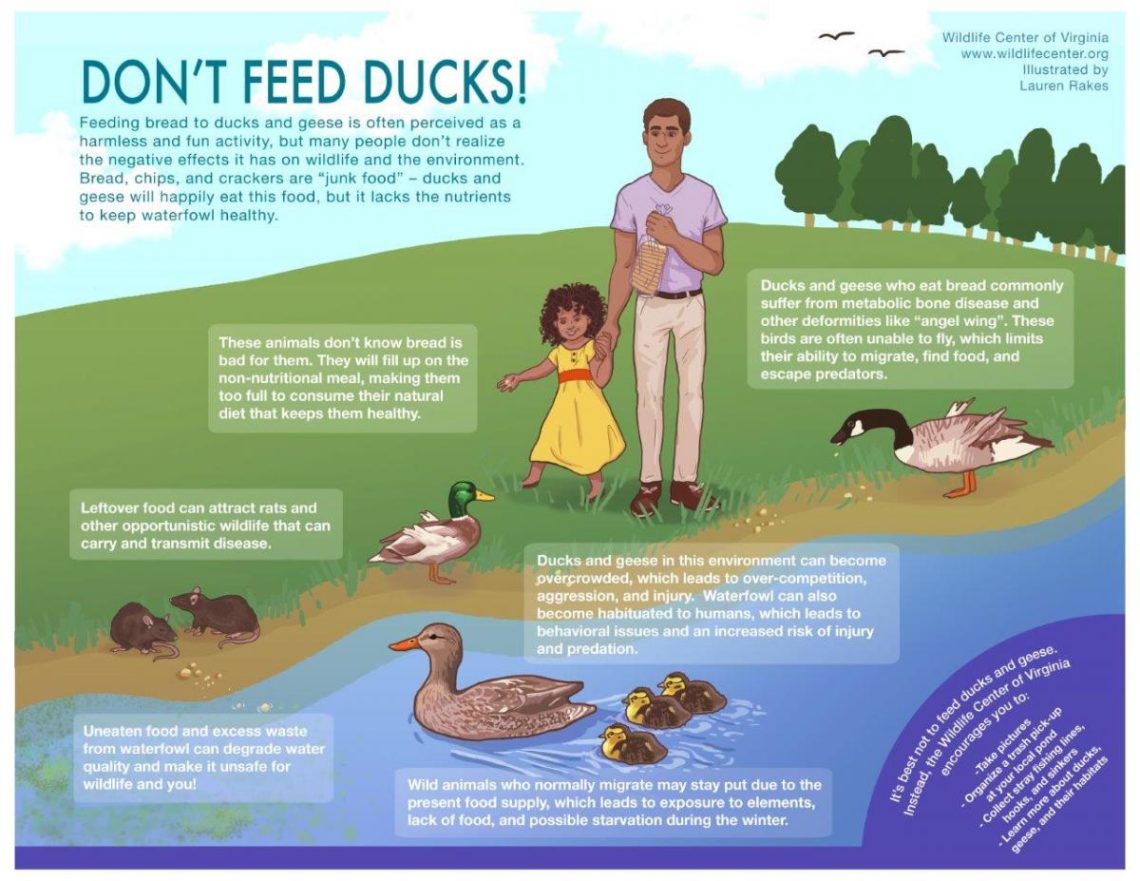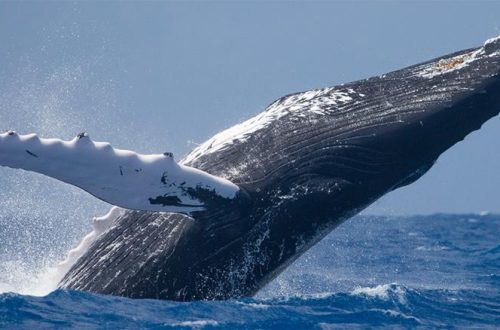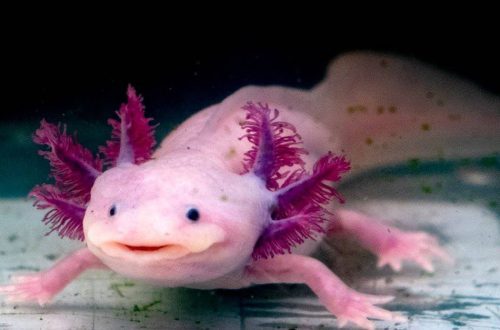
What can a wild duck eat: the main food for ducks in nature
Many people call a wild duck a mallard. This bird belongs to the goose family. These birds are considered a bird capable of seasonal migrations. The mallard settles near small lakes or swamps. It spends the winter where it lives in the summer. Wild ducks, as well as other wild birds, are popular prey among hunters at any time of the year.
What is this wild bird?
When describing a mallard, it is necessary to pay due attention to its external signs and sounds that it is capable of making at different times of the year. Let’s begin to characterize this bird with its color and size. She has quite impressive dimensions. She has a big head and a short tail. The body length of the female and male ranges from fifty small to sixty-five centimeters.
A mature individual has an average wingspan of eighty-five to one hundred centimeters. The length of the wings of females and drakes is different. In a female individual, it can be from twenty-six to twenty-nine centimeters, and in a male bird, from twenty-eight centimeters to thirty-one centimeters. The wild duck weighs a little. Its weight varies from eight hundred grams to two kilograms.
Depending on the sex of individuals beak color is different. In drakes, during the mating season, the beak is rough and painted in darker tones. In an adult, the color of the beak also varies: dark gray with an orange rim at the edges, or completely orange. Females have a distinctive feature in the form of several small spots at the end of the beak.
In mallards, as in many other species of wild birds, during the mating season, the color of plumage changes according to gender.
- Males acquire beautiful shiny plumage to attract the attention of females.
- In the drake, the plumage on the head acquires an emerald hue, and the neck is framed by a white collar.
- The back has a brown-gray color with slight dark inclusions. Towards the tail, the color of the feather on the back becomes darker, and the tail is completely black. The abdomen of ducks is gray, and the breast is brown.
The wings of these birds also have a bright color. Above dominated by shades of gray, and at the edges, the gray color turns into a dark purple gamut. Inside the wing is perfectly white. The tail has a small amount of tail feathers, which become darker with age. The rest of the feather on the tail is gray. In summer, drakes molt and become like females. All birds acquire a brown color of plumage in summer. But still there is one distinguishing feature. You can distinguish a drake from a female by the bright color of the beak and a more brown breast. The legs of the male are reddish with webbed ends.
Females, unlike males, do not change color during the year. In the coloring of the feather in females, brown, red and black colors predominate. In females, the entire body is covered with such feathers and this is the standard color for all representatives of river birds. The feathers above and below the tail have a reddish-white color. Their chest is golden in color, a light strip passes over the eyes. The paws are not as bright as those of drakes. They are pale orange in color. Wild duck chicks, regardless of gender, look like their mother.
I would like to tell you a little more about the sounds that birds make. As a rule, in nature, this bird does not make a loud sound, but quietly quacks, without attracting attention to itself. Females quack almost like domestic ducks, and drakes instead of the familiar “quack” make “shaaak”. When the bird is alarmed, this sound becomes more drawn out. When her voice rises, her voice is more hasty and quiet. During mating games, the voice of the female becomes louder, she calls the male. And those, in turn, answer with a long whistle.
What do wild ducks eat
These birds, like many other river birds, adapt remarkably and quickly in their environment in the wild. They feed close to shallow water. They get their food by squeezing plants and small crustaceans and insects out of the water with their beak. Basically, these birds consume plant foods and also do not refuse insects, small fish, tadpoles and crustaceans.
- A bird in nature itself can choose what to eat. Often you can see how the bird deeply lowers its head into the water, and its tail is at the top. Thus, she gets her favorite delicacy at the bottom of the lake. Reservoirs with a depth of 40–50 centimeters are suitable for the extraction of food for a wild duck. There the bird gets its food from the bottom.
- In early spring, when the water is still frozen and there is nowhere to get food, smart birds prefer to eat plant foods. Its main diet is vegetable, which remain on the ground after the snow melts. During this harsh period, there are no insects and fish.
- At the beginning of winter, the stems and seeds of plants are eaten. In the middle of summer, various berries and fruits from nearby trees and shrubs are added to the grass and crustaceans.
- Birds living on lakes near human dwellings often receive food from them.
I would like to note that a duck in the wild is a wonderful bird, and its vital activity and way of eating plays a very important role in shaping the ecological balance of our land. In summer, in addition to plant and animal food that wild ducks find in water bodies, they eat a large number of mosquito larvae. Due to the fact that ducks destroy a large number of larvae, mosquitoes do not breed in huge numbers. Thus, ducks, getting their own food, help people and nature.
Depending on the area in which the birds nest, their diet changes a little. For example, birds may eat wild crop plants. Do not refuse wild-growing buckwheat or barley. Ducks can also dig plant tubers near the water.
Animal lovers need to know that you can’t feed wild ducks with anything! For example, it is strongly not recommended to feed with bread. If you like ducks and want to feed them in the winter, it is better to bring white bread crumbs or special duck food (you can buy it at the pet store). Know that wild birds can’t eat sweets or chips. Birds that live in the wild can be harmed by such products.
Where can you find wild ducks
Where do wild ducks live? I want to say right away that mostly ducks in nature settle in the steppe and forest-steppe zones. It is very difficult to find wild ducks in the northern regions, mountainous areas and the desert. Wild representatives of the duck family settle mainly near small lakes with dense vegetation. You will not find ducks near fast rivers or lakes with bare banks.
When ducks incubate offspring, they choose reservoirs where there are a lot of reeds and the water is fresher. In the forest-steppe zones, the duck lives in swamps. There are a lot of ducks in this area. The wild duck is not afraid of people. Proof of this is the rather large number of ducks in the urban pond. Living next to a person, ducks gladly accept treats from people.
Thus, I would like to note that the wild duck is an integral part of the ecosystem, and besides, these birds get along well with humans and cheer us up.





